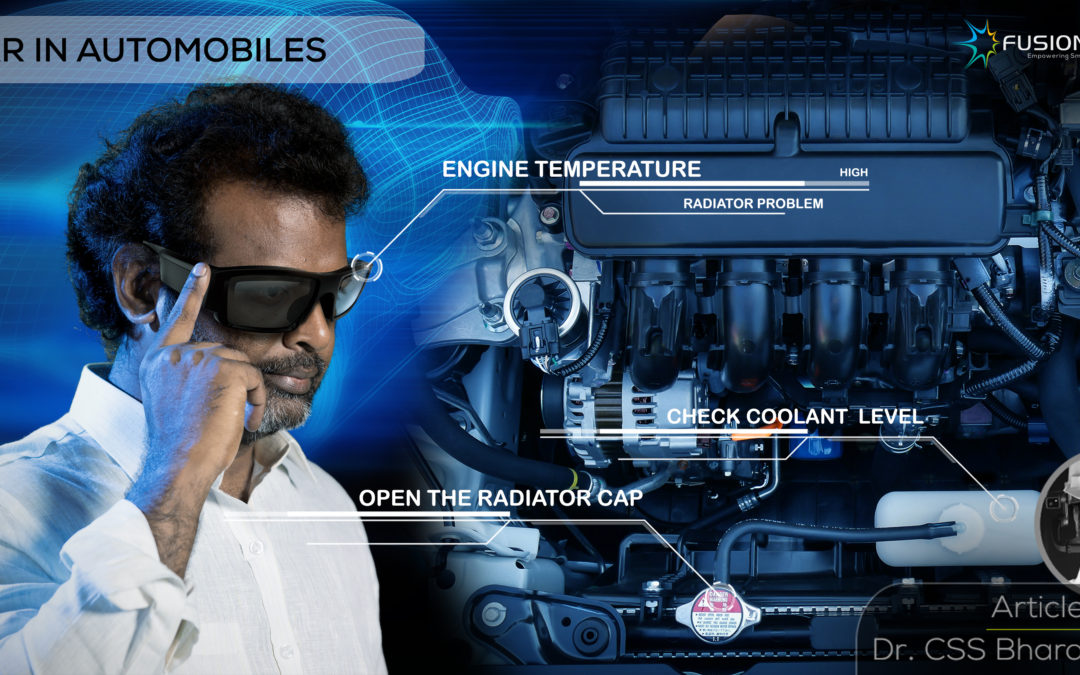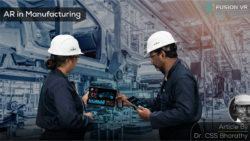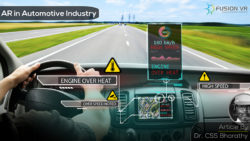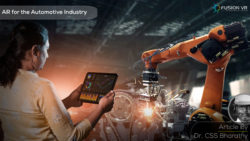Augmented Reality in the automotive industry is going to make driving safer! Trust me on this and you will realize that as you journey through this piece.
This blog urges automotive industry majors to consider the immense benefits of augmented reality (AR) and exhorts CEOs to lead efforts to increase its adoption in cars and commercial vehicles. Saving lives on the road through smarter technology is also a matter of importance for all nations. Countless precious lives are lost more through accidents that any real disease. The WHO estimates that nearly 1.3 million people die each year in road accidents and more than half of that comprises vulnerable road users such as pedestrians, cyclists etc. While the growth of road users cannot be curtailed, we can become smarter in using technology, make it safer for all road users and also save lives, particularly in developing countries. We need leaders who ask; what are the applications of augmented reality in automotive industry and help drive its adoption!
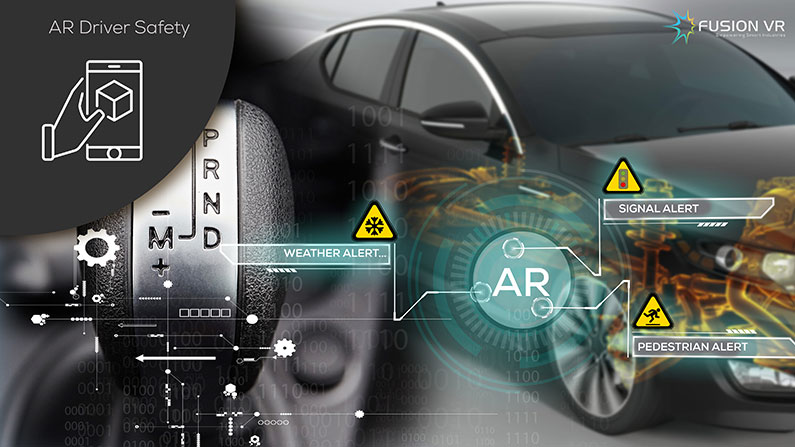
Applications of AR and VR in the Automotive Industry
There are many areas of application for AR and VR in automotive industry. The first and probably the most important is enhancing the overall driver experience. AR can be used to provide additional information embedded on the windshield on driving, traffic conditions ahead, local environment, and vehicle condition alerts etc. This is quite similar to the heads-up-display that is provided on commercial and combat aircraft over past decades. Providing information on the windshield does not divert the driver’s attention away from the road and other road users. This feature enables the driver to make use of such information to take precautionary measures and change driving behaviors to minimize the occurrence of incidents and injuries to the most vulnerable road users. Additional information such as speed cameras, speed limit alerts etc. also help to comply with local traffic requirements that visitors may not always be familiar with.
Secondly such intelligent systems when connected to the internet can provide additional information such as weather data, forecasts, news bites and reports. This is critical in places where weather conditions change rapidly or for long distance travel. Drivers thereby can avoid driving in heavy rain, ice and enjoy safer journeys. Details on the condition of the vehicle also helps drivers to take corrective action and repairs, particularly on systems that support driver safety. All this information is delivered to the vehicle driver without the driver taking his/her eyes off the road.
Use cases of augmented reality in driving
Thirdly, navigation systems providing directions on the windshield helps drivers with accurate information on the route without having to look at a phone or GPS navigators for directions. The information provided is inherently more accurate, safer and timely for the driver. Such applications are more beneficial for commercial vehicle drivers, transport and food delivery services such as Uber, Ola, Lyft where time and accuracy is critical particularly in dense traffic areas. Knowing where the deliver the next order coupled with accurate directions presents a significant advantage. Long distance travelers can benefit with information and alerts on vehicle condition, fuel levels and the location of petrol stations, restaurants etc. The need to plan extensively for road trips is lessened. In metropolitan areas, finding parking can be a challenge. AR applications can identify and direct you to parking spots and also estimate if the space available is suitable for the car you’re driving. Distractions and lost-in-thought situations can be averted with timely alerts from an intelligent AR system. It is quite evident how much time and effort these technologies can save if implemented.
AR assisted intelligent driver is another use case of augmented reality for training drivers. Such training can be integrated in driving simulators for trainees to get adequate exposure before taking to the road. A novice practices for hours similar to a video game on real life road scenarios and acquires the safe driving and road awareness habits that will serve them throughout their lives. Safety comes first and using augmented information is a game changer for traffic safety.
Finally, augmented reality in vehicles can make a difference is providing drivers with assistance when the vehicle is facing an issue or has broken down. Providing instant support to troubleshoot and instructions to fix the issue is not possible and it depends on the location as well. While some instructions can be shared over phone, they are usually ineffective, especially if the user is a novice. Vehicles with embedded AR applications or equipped with AR wearables make this job much easier. The end user activates the support staff and obtains instructions to fix the issue or move to a safe and controlled condition nearby. This eliminates the need to search through bulky equipment manuals and the time wasted in trying to find the necessary information. Step by step instructions are provided by a remote expert with the video and audio feed in real time. Getting the right help in a timely manner makes for a safe experience.
Future-proofing Automotive Safety: The Role of Augmented Reality
Personally speaking, my family and I are fond of any technology that makes everyone feel safer. Our roads trips to far-off places to visit family, friends and holiday spots are better when we travel in cars that are not only safer, but packed with features that augment safety. With better road infrastructure, safer travel boosts the quality of life and does wonders for the economy. Think about it…there’s actually more to be gained as the industry focuses increasingly on safety.
As you can see augmented reality applications in the automotive industry is a game changer for overall safety. Establishing standards and integrating driver friendly features must be taken as a priority by the automotive industry. Customers everywhere do not mind paying a bit more for innovations that guarantee safer outcomes. They also need to demand and have a greater say in designing their future in cars. Automotive companies must take the lead in incorporating disruptive digital technologies that also deliver competitive advantages. Leveraging technology for the benefit of societies is not only smart but a noble initiative. I hope I have said enough for CEOs and the C-suite to take notice! Let’s accelerate in the right direction to implement augmented reality for automotive industry.

